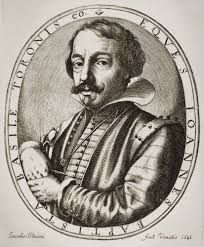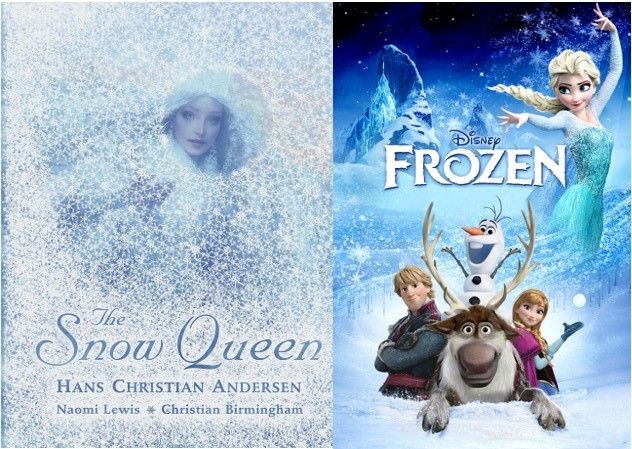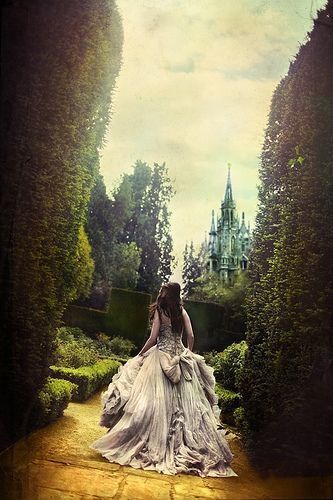Fancy A Fairy Tale?
Jun 03, 2019 • 43 views
~Dedicated to my friend Shefali for suggesting this awesome topic 😁~
Can you imagine a childhood without fairy tales? Of course not!
Fairy tales form that part of our childhood that keeps us convinced of ‘happily ever afters’ in life for a long time, even though the reality of life is completely contrary to it. And yes, they do teach us values like kindness, compassion and bravery, but there is still a darker side to them.
Apart from their origins, that is, because most of these stories as we know them today were originally written by an Italian courtier-poet named Giambattista Basile, and if you were to go by the characteristics of the stories he wrote, you won’t be sure he was such a great human being, because his sense of moral values was, well, a lot twisted.

So Basile published a book called The Tale of Tales in 1634, which contained fifty different stories including the first ever Cinderella, Rapunzel, Snow White and Sleeping Beauty. This book was used by French author Charles Perrault in the late 17th century, the man who laid the foundation of fairy-tales as a literary genre in his Mother Goose Tales, and later, in the 19th century, by the German Grimm Brothers Jacob and Wilhelm, who collected these folklores and in order to sell them to a wider audience (because Basile’s version was so gruesome it could only be read by adults), they made their version somewhat suitable for young readers. Hans Christian Andersen was another prolific writer of the time, a Danish author who is well-known today for his fairy-tales like The Snow Queen, which was adapted by Disney into its highly successful movie Frozen.

If you’re interested in reading the original tales of Basile, you can refer to the sites I’ve attached links to below this article.
Now most of their fairy tales as we’ve been told in our growing-up years are the versions of Walt Disney, and trust me, they are far, far better than their original counterparts, because his imagination has added to them a good amount of awe and magic. But even then, are they perfect?
All these tales that we’ve heard at least a dozen times or more in our life consist of a “damsel in distress”, whose part is to do nothing but endure her sufferings quietly, waiting for her ‘Prince Charming’. (But ever noticed who got them into trouble in the first place? Cinderella’s father married the haughtiest woman he could find, Belle’s troubles begin when the prince is turned into a beast because of his selfishness, and so on.)
In the end, they are always saved by their heroes, since they can think of nothing to save themselves for some weird reason. At least in the recent Aladdin movie Jasmine spoke up saying she wouldn’t remain “speechless” …thank god!
Then, what about the villains? In maximum cases, they are old witches, evil step-mothers or scornful sisters. Ever wondered why just women?
Our ‘damsel in need of rescuing’ stays home-bound or imprisoned in all these tales. And even after that, the prince falls in love with her at first sight. In reality, just think how many layers of make-up a woman would have to put on in order to appear the most stunning heroine ever!

This is one of the biggest flaws of our conventional fairy-tales. A princess who would go on to jointly rule a kingdom is always size zero, rather negative if you recreate her profile for real; she always has a sweet voice that lures her partner even more; and she has perfect hair, teeth and other features at all times! And yes, another eligibility criterion is her skin colour—mostly fair.
This is the reason why today young girls, after seeing these ideal-bodied women all along their childhood, feel insecure about their own bodies, be it their hair, their shape, their weight, their colour, their eyes, their lips, what not! The picture of perfect beauty painted by such stories in children’s minds, whether girls or boys, stays stuck for a long time and children start believing that they have to appear like them too, in order to get their own fairy-tale ending.
It’s high time now that such thought be replaced with a more rational attitude. Today, movies like Moana, Brave and recently, Aladdin are taking small steps to change the stereotypes. Let’s promise that when we tell our children these fairy tales, the princesses could have a boy cut hairstyle, too, and the prince could also wear glasses!
Sources (warning: read these at the risk of ruining your entire childhood!)
https://www.huffpost.com/entry/fairy-tale-true-story_b_6102602
https://www.ranker.com/list/details-from-the-original-sleeping-beauty/genevieve-carlton
Thumbnail Image Credit: 123rf.com
Other images: pinterest.com, sears.com, amazon.in, figure-skating.fandom.com
